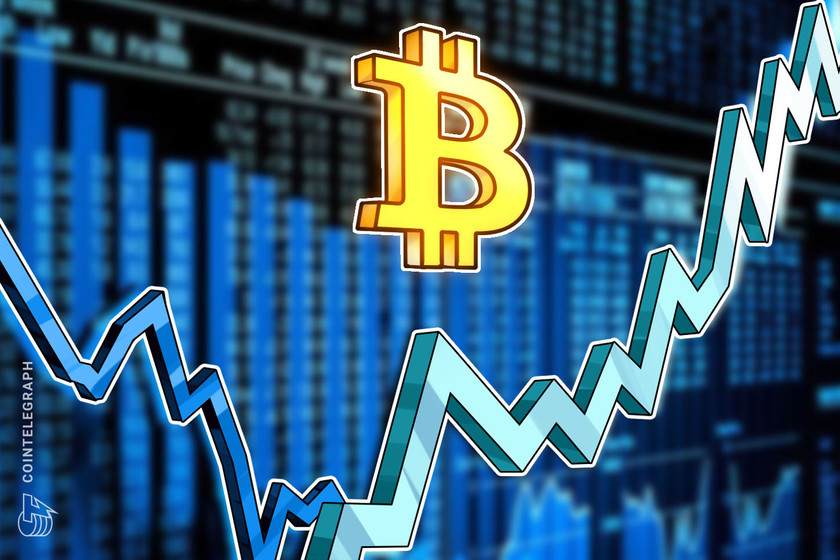Solana’s native token SOL (SOL) dropped by 9% between March 28 and April 4, but several key metrics grew during the same period. Despite SOL’s price downturn, the Solana network continues to outpace competitors, maintaining its second-place position in deposits and trading volume. Traders now wonder how long it will take for SOL’s price to reflect this onchain strength.
Solana outperforms rivals in TVL deposits and DEX volumes
Investor’s declining interest in SOL could be linked to the April 4 staking unlock of 1.79 million SOL, worth over $200 million. The selling pressure is clear, as these tokens were staked in April 2021, when SOL traded near $23. Another factor is the decline in interest for memecoins, which had been a major driver of new user adoption on Solana. With fewer speculative inflows, growth in activity may not translate to immediate price gains.
Several meme-themed cryptocurrencies, including WIF, PENGU, POPCAT, AI16Z, BOME, and ACT, saw declines of 20% or more over the past seven days. Yet, despite worsening market conditions, the Solana network outperformed some competitors. Its Total Value Locked (TVL) rose to the highest level since June 2022, while decentralized exchange (DEX) volumes showed notable resilience.
Solana Total Vale Locked (TVL), SOL. Source: DefiLlama
Deposits in Solana network’s DApps rose to 53.8 million SOL on April 2, marking a 14% increase from the previous month. In US dollar terms, the $6.5 billion total stands $780 million ahead of its closest competitor, BNB Chain. Solana’s top DApps by TVL include Jito (liquid staking), Jupiter (leading DEX), and Kamino (lending and liquidity platform).
Solana gains support for scalability, and Web3 focus despite MEV concerns
While not yet a direct threat to Ethereum’s $50 billion TVL, Solana’s onchain data shows greater resilience compared to BNB Chain, Tron, and Ethereum layer-2 networks like Base and Arbitrum. In decentralized exchange (DEX) volumes, Solana holds a 24% market share, while BNB Chain accounts for 12% and Base captures 10%, according to data from DefiLlama.
DEX volumes monthly market share. Source: DefiLlama
While Ethereum has regained the lead in DEX volumes, Solana has shown strong resilience following the memecoin bubble burst. For context, Raydium’s weekly volumes dropped 95% from the $42.9 billion all-time high reached in mid-January. Still, Solana has demonstrated that traders appreciate its focus on base layer scalability and integrated Web3 user experience despite ongoing criticism related to maximum extractable value (MEV).
Source: X/Cbb0fe
In short, MEV occurs when validators reorder transactions for profit. This practice is not unique to Solana, but some market participants—such as user Cbb0fe, a self-proclaimed decentralized finance (DeFi) liquidity provider—have raised concerns about insider gatekeeping. While not stated directly, the criticism likely refers to incentives provided by Solana Labs to offset the high investment and maintenance costs required by certain validators.
Supporters of changing Solana’s token emissions argue that rewards earned through MEV already provide sufficient incentives for validators to secure the network, eliminating the need for further inflationary pressure on SOL. Meanwhile, Loring Harkness, a core contributor to Shutter Network, advocates for encrypting transactions before they enter the mempool as a way to prevent validators from manipulating their order.
Solana’s growth in TVL and resilience in DEX market share may not be enough for SOL to retest the $200 level seen in mid-February. However, it has firmly secured its second-place position behind Ethereum as a leading platform for decentralized applications, supported by consistent activity, infrastructure development, and growing interest from both developers and users.
This article is for general information purposes and is not intended to be and should not be taken as legal or investment advice. The views, thoughts, and opinions expressed here are the author’s alone and do not necessarily reflect or represent the views and opinions of Cointelegraph.


 Near Videos4 days ago
Near Videos4 days ago
 Technology3 days ago
Technology3 days ago
 Technology5 days ago
Technology5 days ago
 Near Videos3 days ago
Near Videos3 days ago
 Technology5 days ago
Technology5 days ago
 Technology4 days ago
Technology4 days ago








